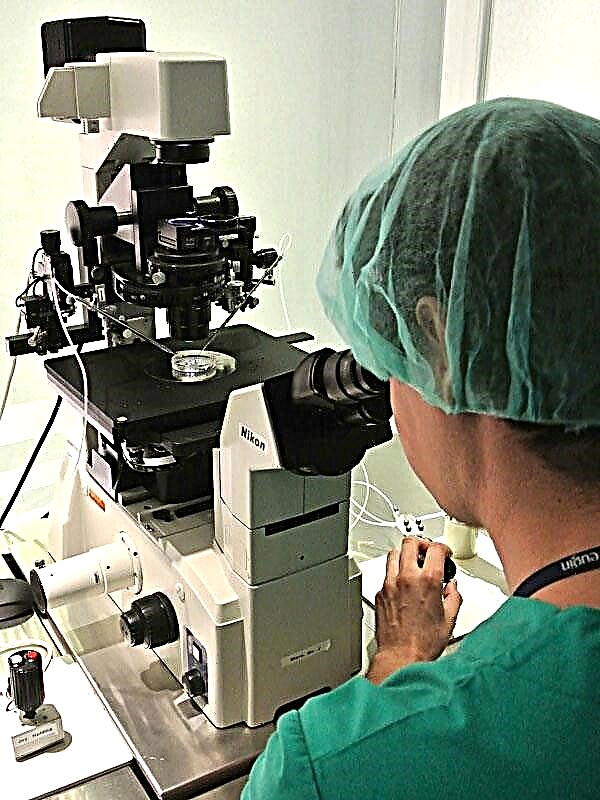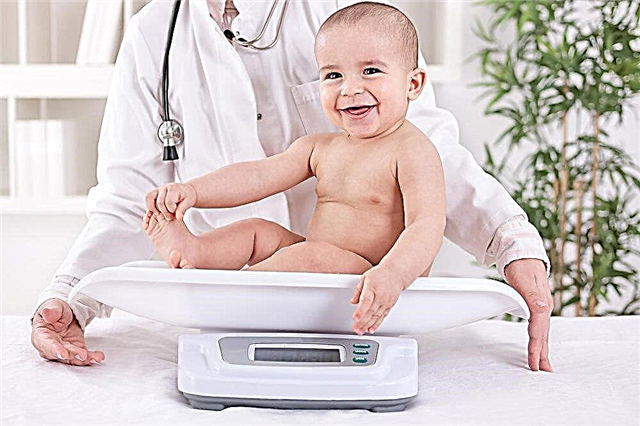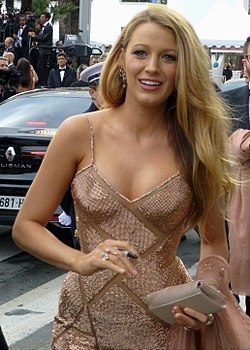
Since childhood, watercolors have been one of our favorite creative tools. In between training sessions and sections, watching cartoons, walking in the fresh air, dancing, the child can draw, which will be useful for self-development and pleasant for the soul. In the same period, many become familiar with the concept of "honey watercolor". Let's consider some of the features of honey watercolors.

What is watercolor?
The word "watercolor" has several meanings. It is a paint that is easily diluted with water. This explains the presence of the root "aqua" in the word. It is also a painting technique that uses watercolors. The paintings or drawings themselves in this technique are also called watercolors. Due to the fact that the paint is easy to dilute with water, the drawings are somewhat blurry, translucent.
Watercolor is not very popular among experienced artists, but children often use it at home and at school in their lessons.

Composition
Any watercolor contains the following substances:
- pigments (dyes) - finely ground powders;
- binders - gum arabic, tragacanth, dextrin, honey;
- plasticizer (glycerin, sugar) - needed in order to retain moisture (without it, the paints will dry out);
- antiseptic (prevents the formation of mold on the paint);
- a surfactant (bovine bile) needed to keep the ink from dropping and to be easily applied to the paper.


Features:
Honey watercolor is a paint for amateurs and novice artists. In professional painting, it is practically not used, except in creating sketches, sketches. This watercolor is easy to apply, dries for a long time, it is not resistant to sunlight, and fades. Usually the color palette consists of 12 - 18 colors.
Honey paints are purchased mainly for schoolchildren, since art lessons at school do not require special properties from paints. Such paints are inexpensive compared to artistic watercolors. Despite the fact that the composition contains honey, you shouldn't taste the watercolor - other constituents are harmful to the body.

Color spectrum
Honey watercolor has a fairly wide range of colors. At the same time, the colors are easily mixed, creating new shades. But getting the tone you want isn't always easy. In addition, when mixing, the properties of watercolor are lost, transparency deteriorates, and the purity of color is disturbed. Saturated colors can be obtained by layering: apply one layer, let it dry, cover with another layer, and so on two or three times. Honey paints are produced in sets of 6, 10, 12, 14, 18, 24, 36 colors. The palette contains pearlescent and fluorescent shades.
Popular brands
Today, many manufacturers are engaged in the production of honey watercolors - mothers of babies and schoolchildren have a choice. Some of the famous brands are:
- "Bee"... The colors are bright, saturated. There is no unpleasant pungent odor. Like any honey watercolor, it is best suited for children's art, not for professionals. A set of 12 colors can be enough for quite a long time.
- "Gamma". The colors are easy to mix, the quality of the paints helps to ensure that the new shade is good, correct. The smell is pleasant, the price is reasonable. Easy to clean.
It is better to apply on special paper.


- Erich Krause... Customer reviews of these paints are mostly positive. Watercolor is easily typed on a brush, well applied to paper. There are sets with neon colors. The kit often includes brushes, sometimes a palette. There is no unpleasant smell, it is easy to wash off.
- "Ray"... A budget option compared to professional paints. Dries quickly on paper. The set of 24 colors contains many bright shades and few dark ones. An excellent choice for novice painters or schoolchildren. The "Classic" set is very popular with this manufacturer.


- "Masha and the Bear"... The brand is well-known, but the reviews are not very positive. Mostly buyers complain about the amount of paint. In a set with a large number of colors, a small amount of the paint itself - it ends quickly: in literally 20-30 minutes of creative work, almost all colors can be used. The purchase turns out to be unprofitable.


How to choose?
Since honey watercolors are mainly used by children, you need to responsibly choose the quality of the material. You should pay attention to the degree of softness of the watercolors in dry form: there should be something in between - not too soft paint, but not fragile either. Initially (before dilution) the colors of watercolors should be bright and saturated. The price of all brands is approximately the same. Paints are inexpensive: it will not be difficult to acquire them, but there is always a use. Even outside of school, if the child is not studying in a special art institution, or there is no special talent, try to keep him busy with drawing for a while. Creativity develops thinking and motor skills.

The following video illustrates the difference between expensive professional watercolors and their cheap counterparts.



